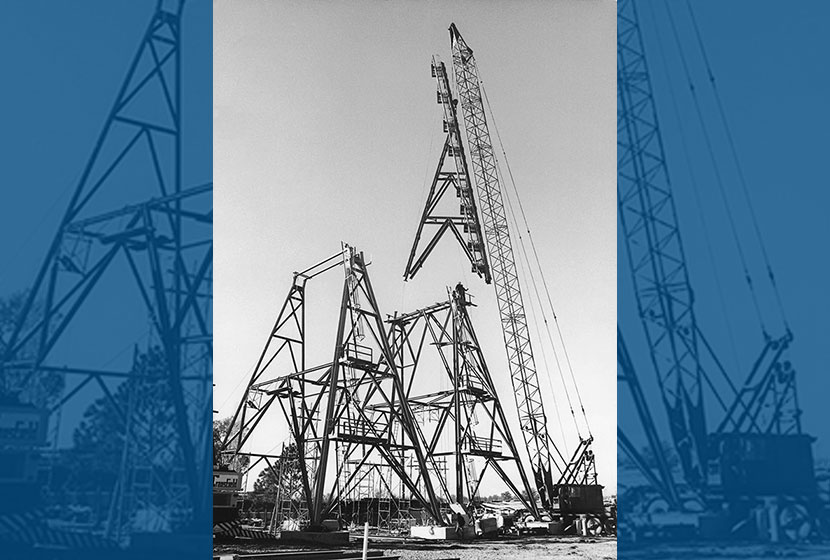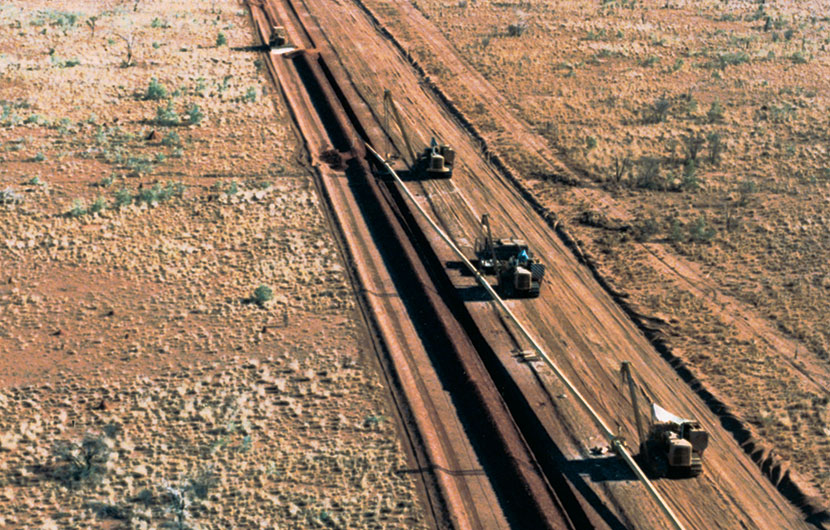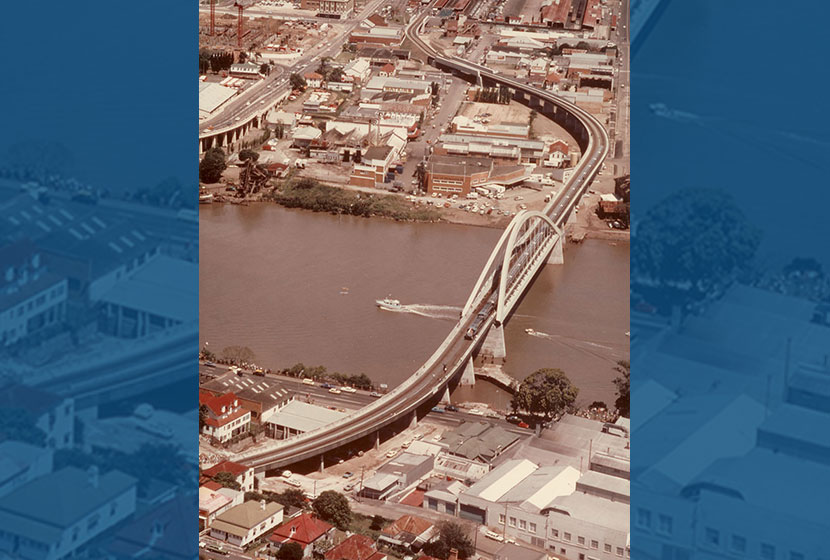Before the Second World War, power generation in Australia was limited to a small number of plants. A modest grid of timber powerlines distributed electricity, mainly to key cities and townships. The conflict changed all that. The war effort compelled Australia to reassess its power needs and to prepare a blueprint for future expansion.
Page Media:
Riggers celebrating the completion of a transmission.









































